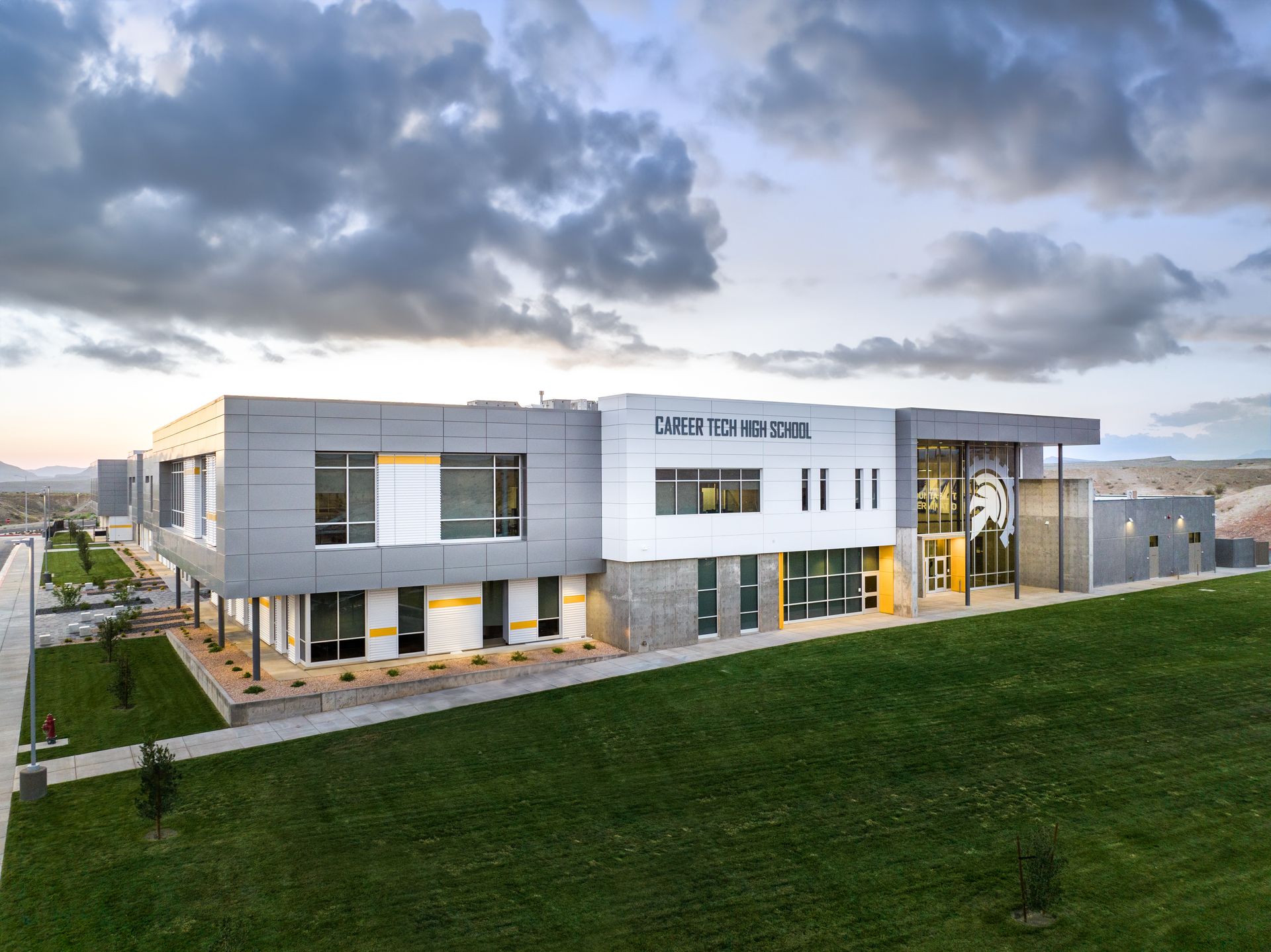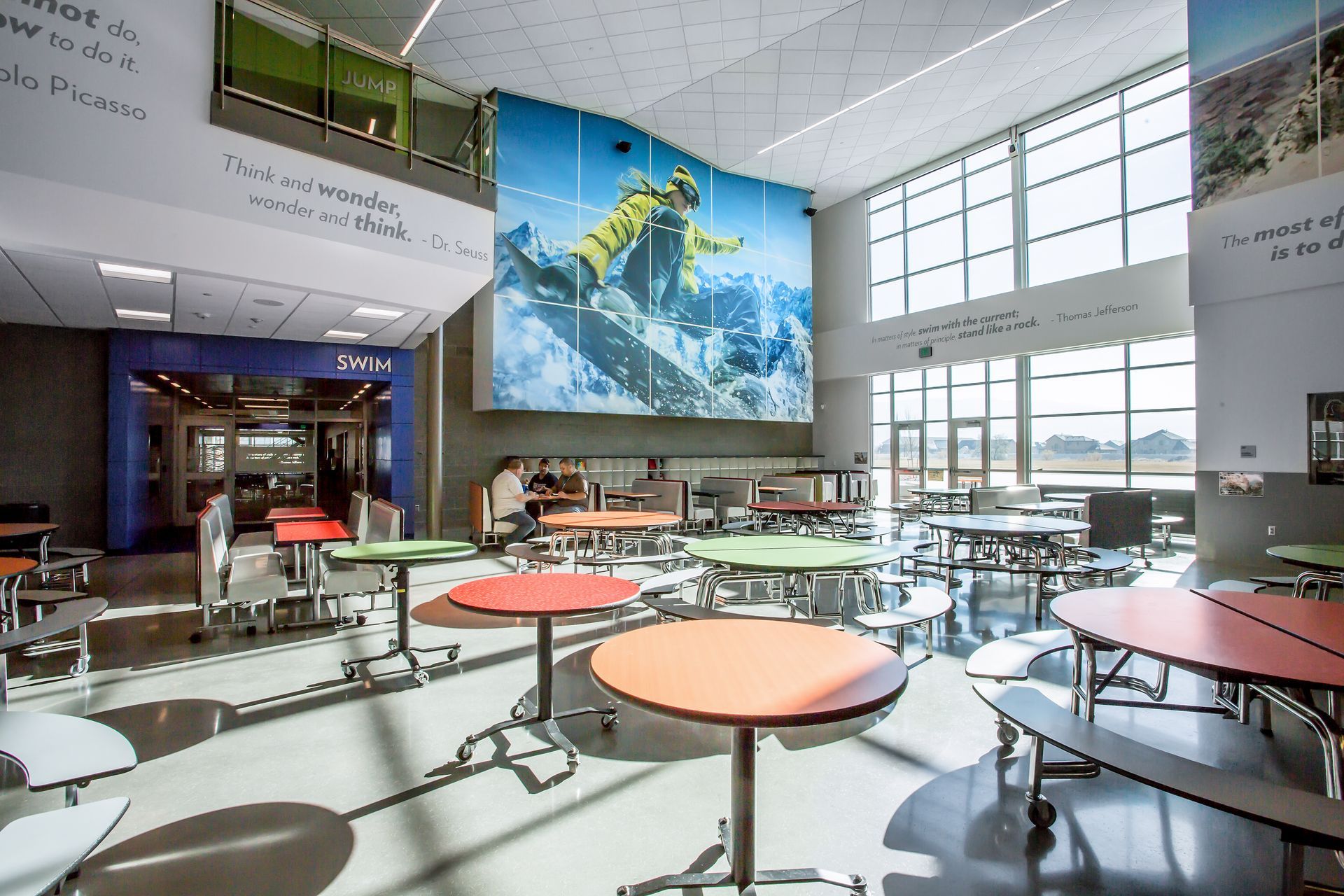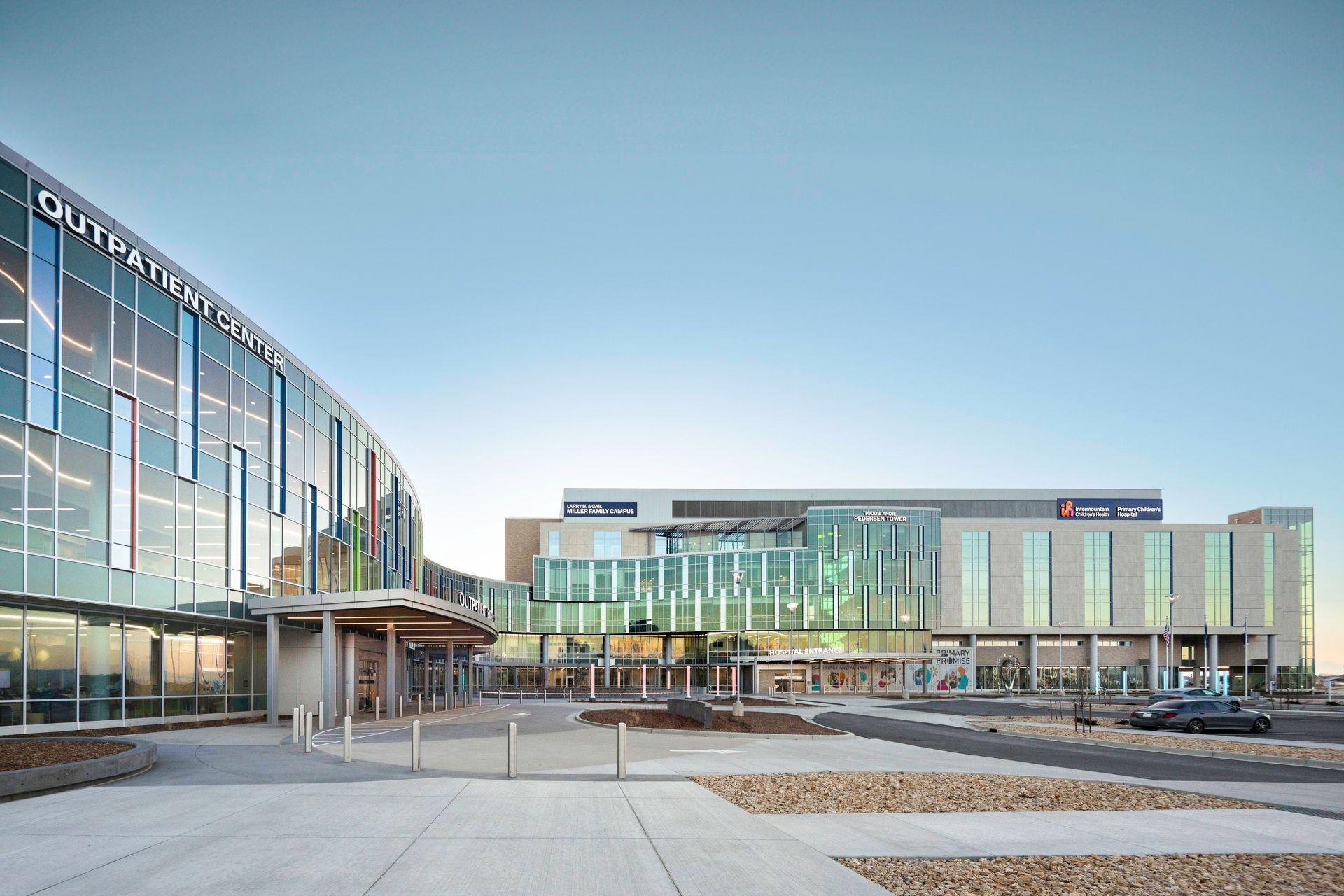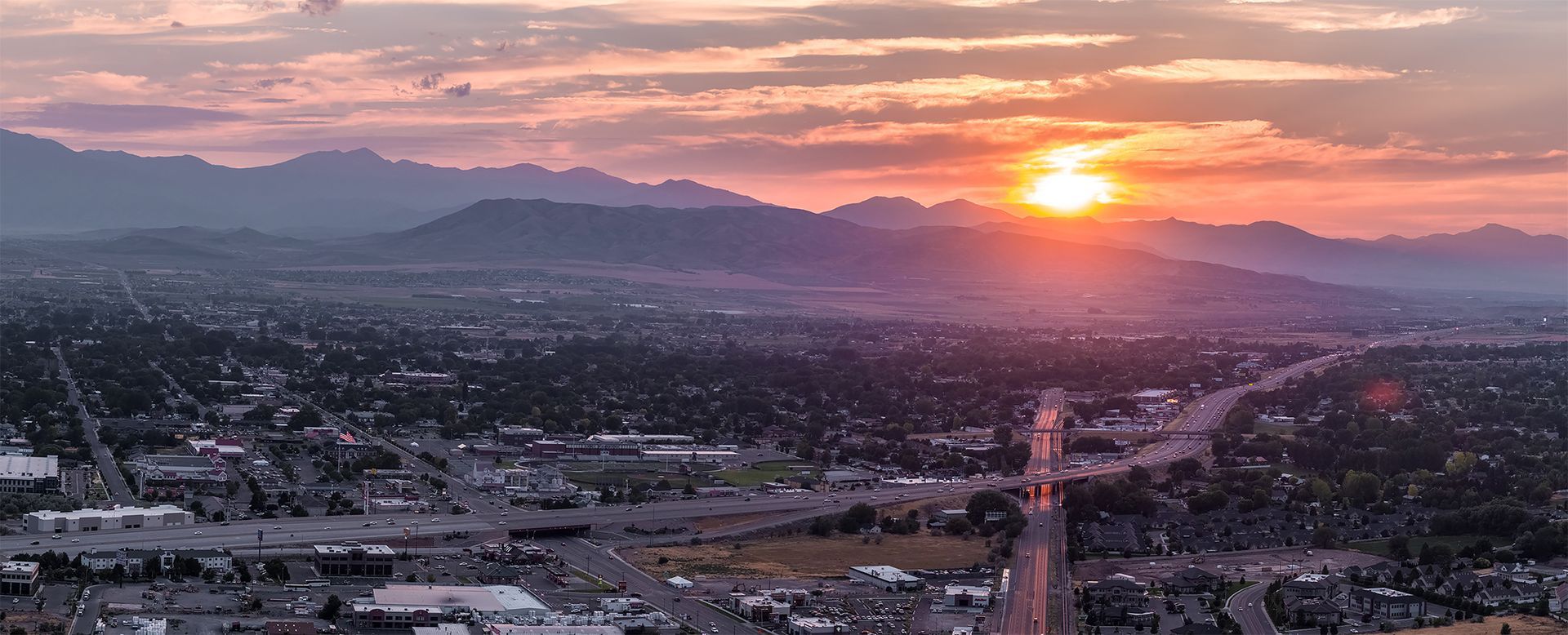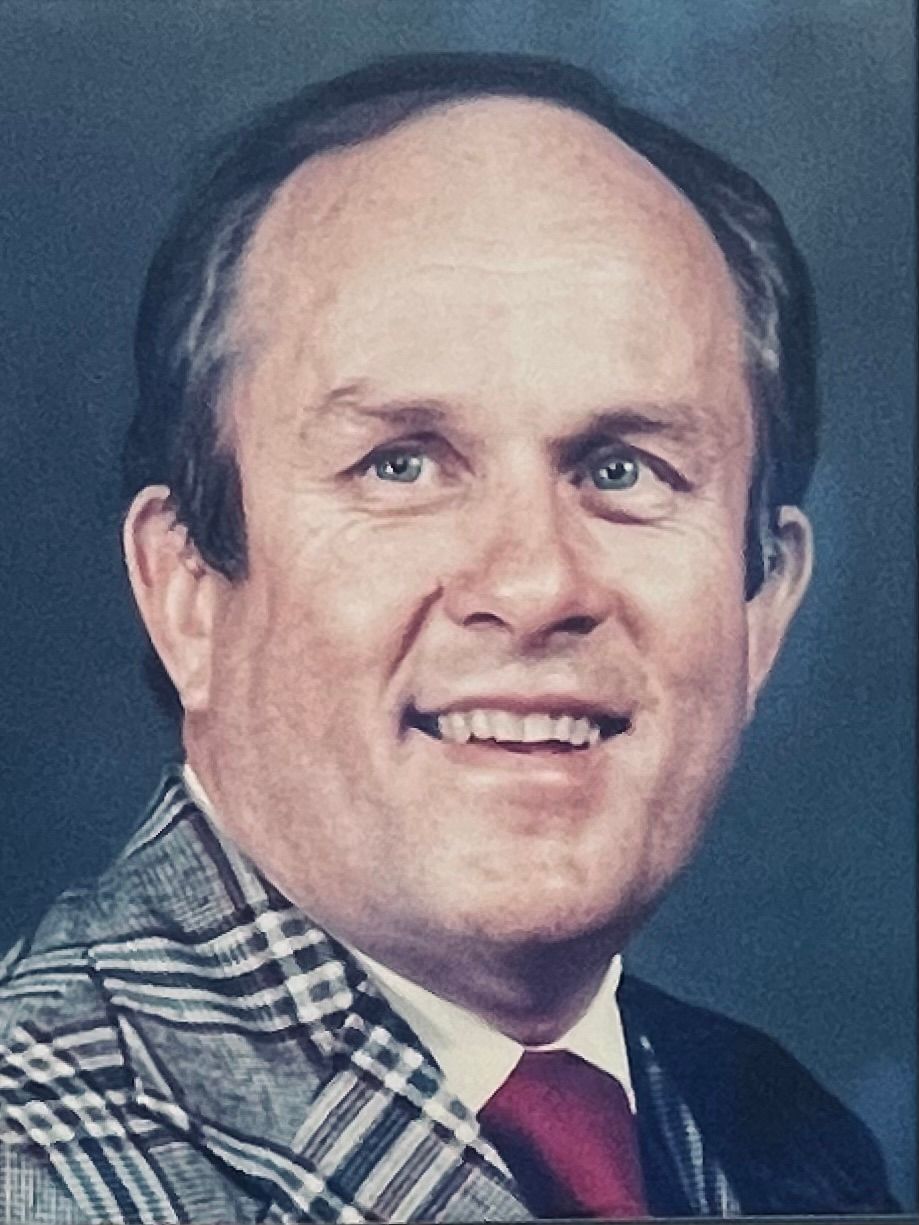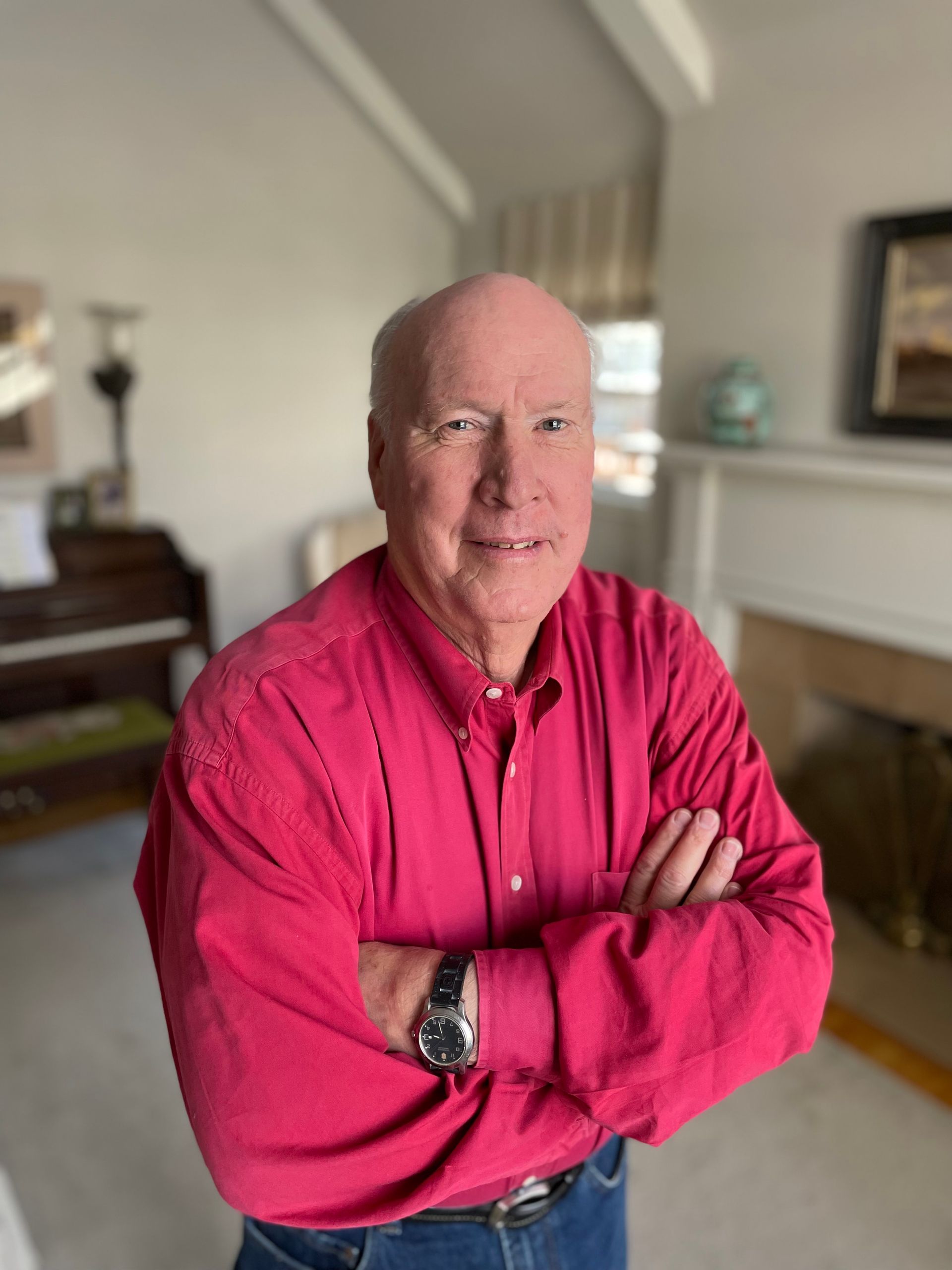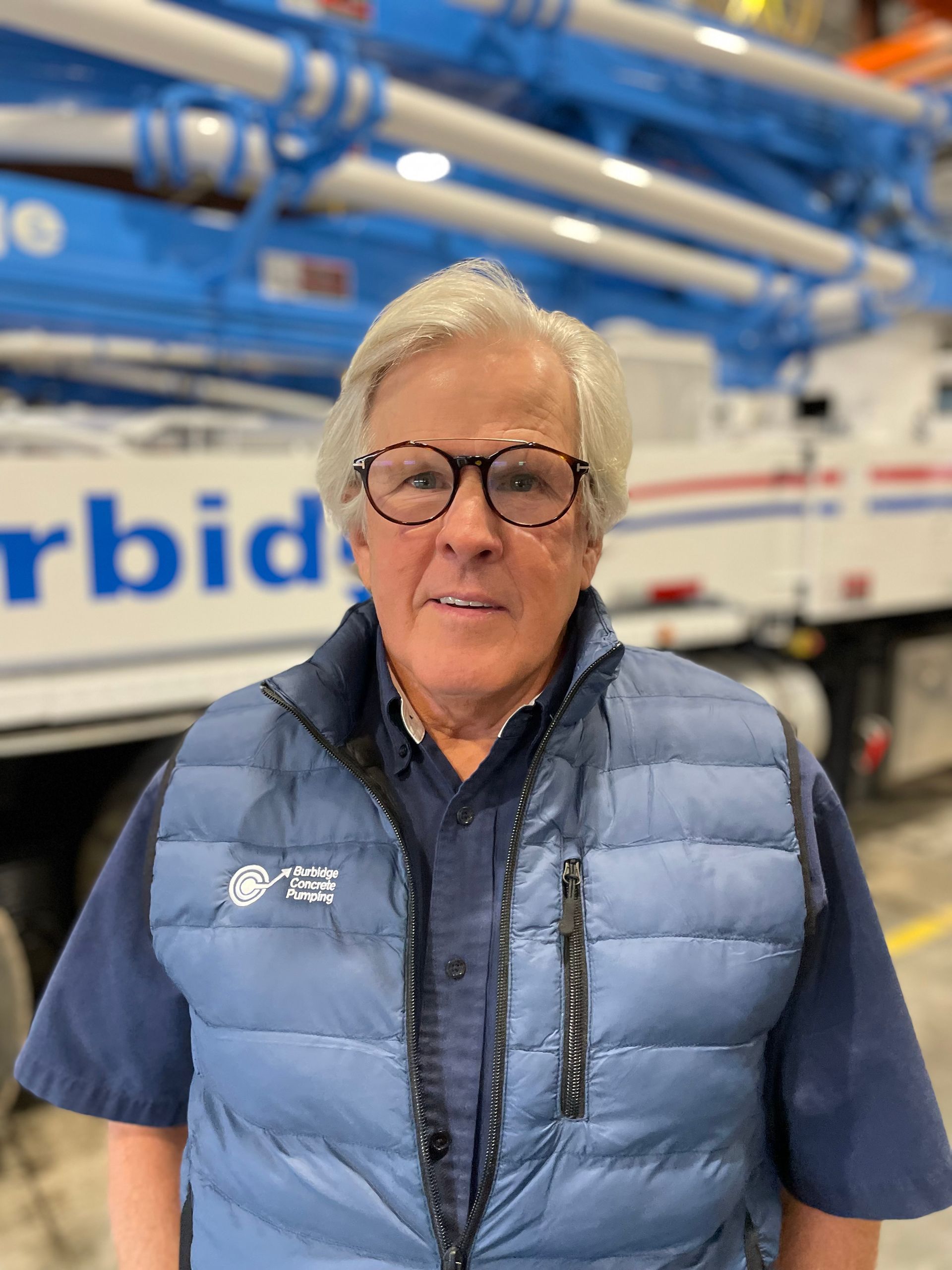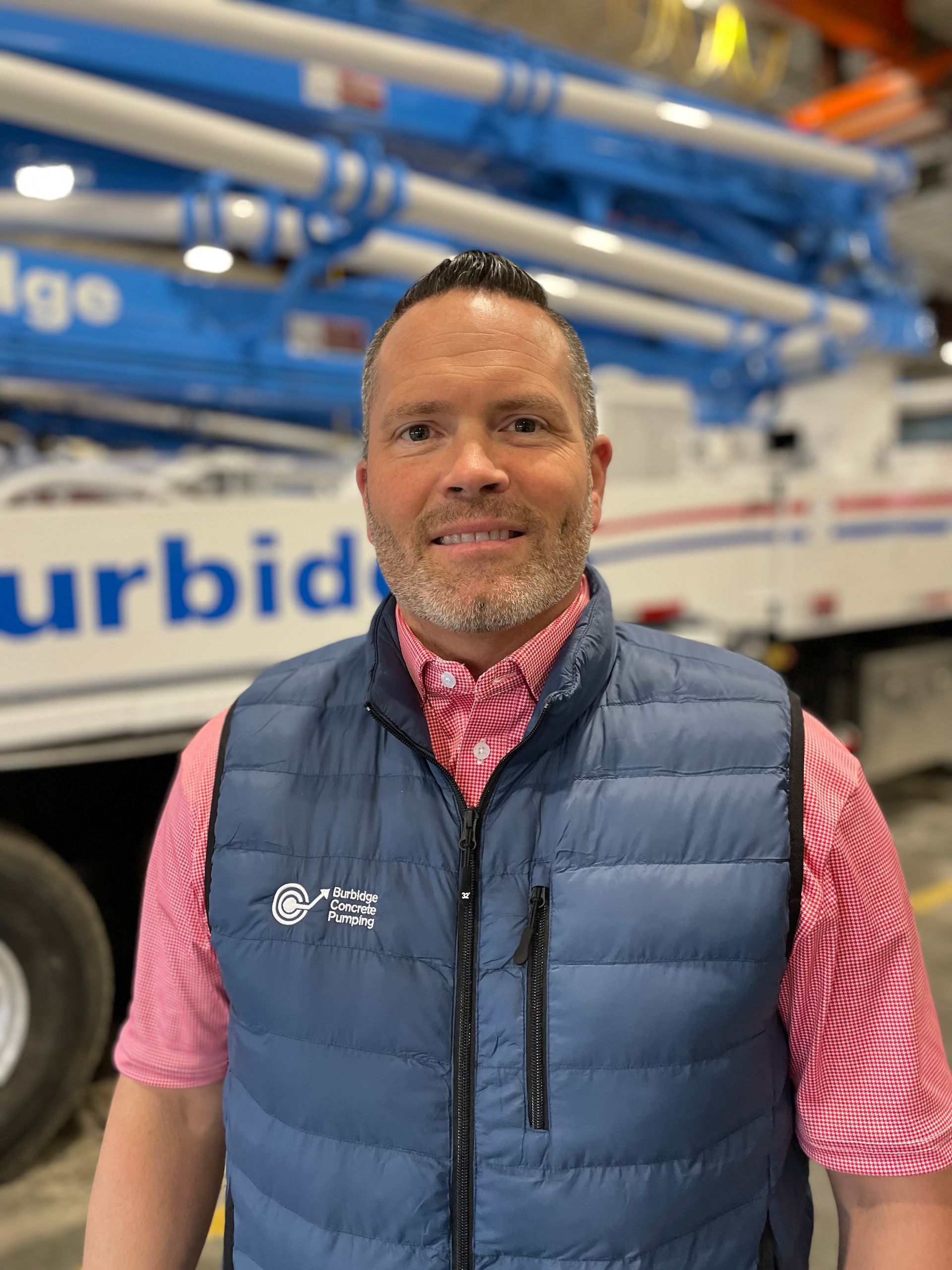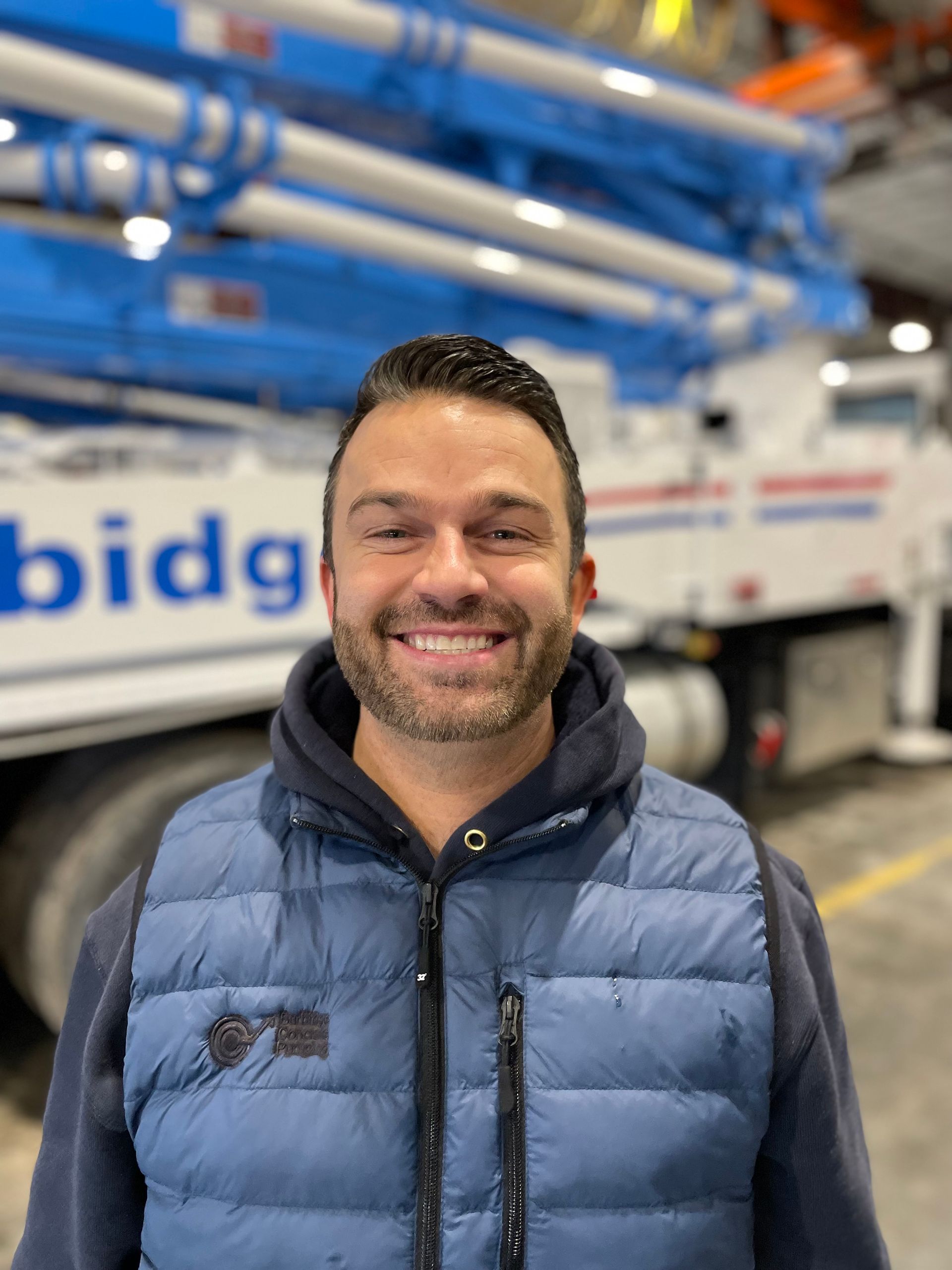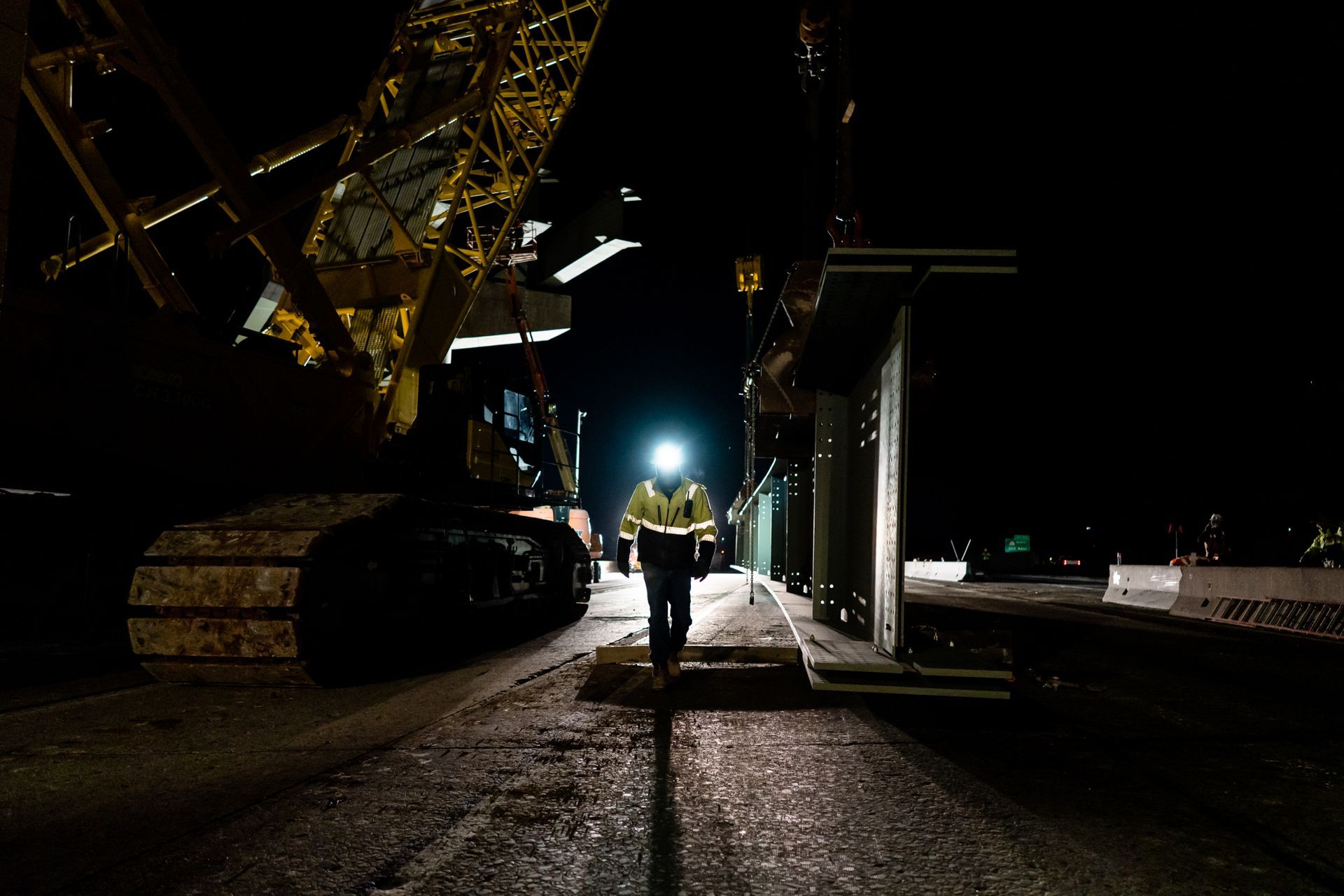Gene Burbidge took a flyer bringing a concrete pumping truck to the Wasatch Front in 1972. A half century later, Burbidge Concrete Pumping stands as an industry titan in the Beehive State, having pumped over 20 million yards spanning every major building market. By Brad Fullmer
Tight Familial Bonds; Strong Work Ethic; Enjoying Fruits of Labor
Gene insisted the Burbidge children learn the value of hard work at an early age, and the collective family success in various business careers—not just with concrete pumping—is impressive.
Dennis, 78, was a finance major who worked as a manager for Continental Bank, running the 1600 South Main branch in Salt Lake for several years. He has the most collective full-time years (37) at BCP, working from 1976–1992 as a dispatcher, and then from 1992–2013 in business development/sales.
Three siblings pursued careers outside BCP. Mike, 76, was in sales and ran a successful bed and breakfast with his wife in tiny Tropic, Utah for years. Richard, 74, is a highly respected attorney at Salt Lake-based Burbidge|Mitchell and is considered one of the best trial lawyers in the Intermountain West. Dave said a magazine article “once referred to him as the most feared attorney in Utah.” Carol, 70, earned an MBA from the University of Utah and was on the U’s women’s golf club. She had successful careers with JC Penny Corp. and American Express, and helped Gene with dispatching, running the operations out of a Chevy Luv truck in the business’ early years.
Dave, 68, founded Burbidge Disposal in 1976 and grew it into the largest independent commercial waste service in Utah (a fleet of 28 garbage trucks at its peak) before selling it in 1998 and rejoining BCP after a brief, three-week retirement. He was one of a handful of wildly successful entrepreneurs profiled in the 1998 book Glorious Accidents by Utah-based author Michael J. Glauser. He has been President of BCP since 2017.
Vaughn, 65, studied economics in college and was a top executive at PacifiCorp for 10 years before purchasing BCP outright in April 1992, a little over two years after Gene died. He’s served in a variety of roles over the past 30 years, including President from 1992–2017.
“Concrete is in the blood, and I love everything we’ve done and look forward to everything we’re going to do,” Vaughn said. “If all the concrete that we’ve pumped disappeared, it would look like an atomic bomb went off along the Wasatch front. We’ve been a big part of the construction industry.”
Beyond his business sense, Dennis said Gene was “very much a people person” who enjoyed being generous and having a great time with family, friends, and associates, whether it be hosting huge Pioneer Day bashes to dressing up in a fully decked-out Santa Claus outfit and roaming various Salt Lake neighborhoods on Christmas Eve, surprising total strangers with gifts and jovial holiday banter.
“Dad was the bandleader, and he wouldn’t mind sharing the band with everybody,” said Dennis.
BCP is also proud of the synergistic relationship and willingness to do whatever it takes to meet client needs, above everything else.
Dennis gets credit for being the “face” of the company over his last 21 years, the guy on the front lines schmoozing clients and drumming up new business. Dave considers himself a “truck guy, a nuts-and-bolts guy” at heart who likes to operate pumping trucks and get his hands dirty. He leads the charge of the fleet, buying and selling pumping trucks as needed to keep ahead of the curve.
Vaughn takes on the high-level role of business administration. His son, Trevor, 34, a 10-year BCP employee, manages dispatch, one of the most critical aspects of the business. Trevor, who earned a Bachelor of Economics at the University of Utah, expressed optimism regarding the firm’s future.
“It’s a tough industry. I remember dad coming home with dirty concrete boots—he was always working a lot of hours,” said Trevor. “I’ve always been impressed with the way they ran the business. I’ve seen where it has been and where it is now and am proud of the growth. I want to help continue that.”

Business Brisk; Generational Transition
As Dave and Vaughn hit their early 60s, they decided to bring another family member aboard as part of the transition to the next generation of BCP leaders, adding Jon Burbidge (a second cousin raised in Washington), 43, to the staff in September 2017 as a Vice President. Jon earned a Bachelor of Construction Management from Brigham Young University and gained valuable experience in the local market with stints at Salt Lake-based Jacobsen Construction (seven years) and Okland Construction (over six years), primarily in preconstruction. He also played on the BYU football team from 2000–2004 and attributes his athletic career to his leadership abilities and success in many aspects of life.
Jon has blended seamlessly into the mix with his low-key demeanor and ability to multi-task, keeping tabs on a variety of things within the business.
“We find ourselves wearing multiple hats and collaborating in that regard,” said Jon. “I love […] business development, talking to customers, getting in the trenches with the supers, figuring out specs needed to mount a boom on a climbing form system. That’s where I can really be in my element, because that’s what I did before—it’s what I’m used to.”
Like his older cousins, Jon came from a family of hard workers and entrepreneurs and learned the value of hard work from his father, Norwin, who worked in construction in Washington. Jon also comes from business royalty of sorts, as his maternal grandfather, F. Nephi Grigg, was the founder of frozen food giant Ore-Ida Foods and is credited with inventing the tater tot in 1953.
Since Dave became President and Jon joined the firm, Burbidge Concrete Pumping has enjoyed its most productive—and profitable—stretch of business, with no intention of slowing down. Dave sets the tone with his genuine enjoyment of the business and good-natured demeanor. He’s quick with a story or two, including tales of running track at South High (1971–1972 state champion at 220 yards) and Brigham Young University.
“I like challenges and new innovations,” said Dave. “Just today was one of the most unbelievable pours we’ve done in years at the Union Pacific building. Concrete pumping has been the most impressionable advancement in the construction industry.”
The firm operates a strong employee base of 80–85 full-time employees and a fleet of 80-plus pumping trucks with varying boom lengths, including a new monster 65-meter boom, among the biggest in the state.
BCP continues to pump its share of large, high-profile projects, including the iconic Salt Lake Temple Restoration and the 39-story Astra Tower, an all-concrete building that requires BCP to set up and operate a mammoth boom running up the center of the structure. Jon estimates the firm has pumped over 20 million CY of concrete in its history, an unfathomable amount of mud.
Among its largest pours include an 8,000-yard consecutive pour in 2008 on City Creek Mall and the Latter-day Saint Conference Center in 1998–1999, which required four full-time pumps at its peak and included approximately 110,000 total CY, according to Dennis. BCP achieved a company record in 2017 with its largest continuous pour on a sugar beet silo project in Idaho that spanned five days.
“We have a common goal with our legacy,” said Jon. “We provide a great service, and we take care of our employees. There is no confusion where we all stand. We have a transition plan, but if Dave and Vaughn want to stay here forever, that’s just fine with me. They are tremendous mentors.”
